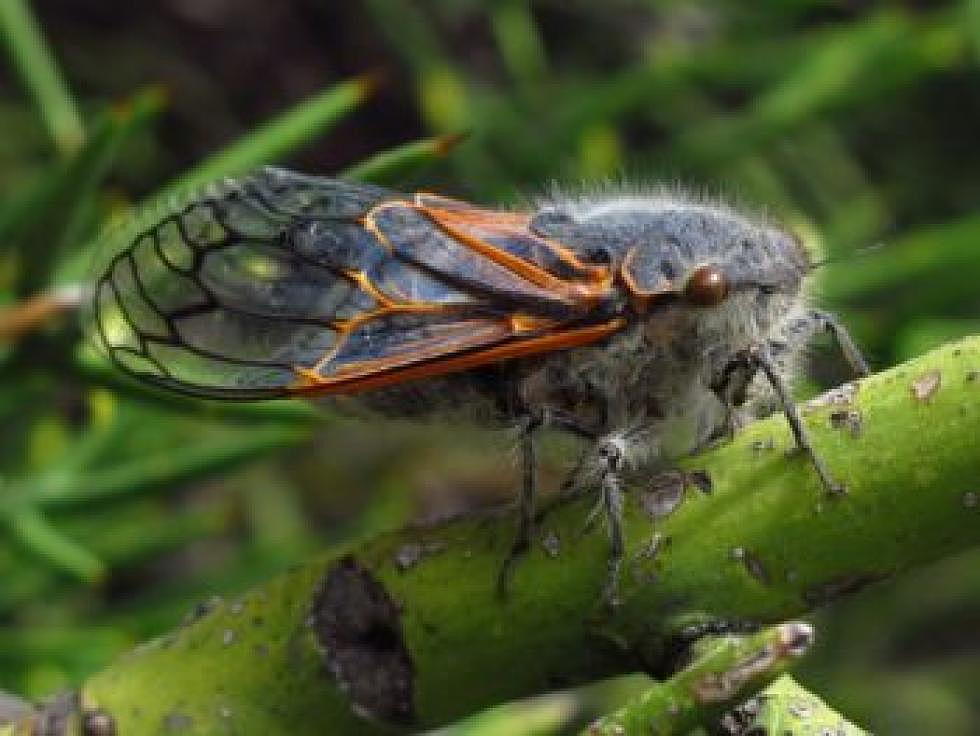
Life on Earth: UM researchers find crazy blend of beneficial bacteria in cicada insect
Researchers at the University of Montana have made another discovery at the cellular level in their quest to understand the basic processes of life on Earth – this time within a bacteria that has lived inside the cicada insect since dinosaurs roamed Earth.
The research, published last year in Current Biology, found that the cicada's beneficial, or symbiotic bacteria produce amino acids and vitamins – both required for the insect to grow and reproduce.
Yet that single beneficial bacterium has also evolved into a complex of bacterium types within the same insect, each doing their own work.
“Through that process, individual bacteria have lost many genes and now depend on each other because every type contains unique, essential genes,” said Piotr Lukasik, a postdoctoral researcher at UM. “The different types must all work together to provide the amino acids and vitamins their cicada host requires.”
Piotr said one such species of cicada, located in the eastern U.S., contains dozens of small bacterium that quickly evolve. Individual types typically contain few recognizable genes and are distributed among different cellular compartments within the cicada in a way that isn't fully understood.
“Cicadas host symbiotic complexes rather than a single, well-behaved bacteria, which could be a challenge for the species,” Lukasik said. “After all, when you need a meal – whether it's a vitamin required by a cicada or a pizza craved by a hungry student – it’s easier to obtain it from a single source rather than cobbling it together from several different sources.”
The researchers believe this bacterial evolution happened by chance. Despite not being helpful to the cicada, the insect now requires them to survive. That also gives the bacterium a home.
“The cicadas with the longest life cycles are also those with the craziest bacterial symbionts,” Lukasik said.
